 We conclude our coverage of Boston Comic Con 2015 first by bemoaning the nearly literal biblical weather and plagues that prevented us from releasing it on Thursday as we originally planned.
We conclude our coverage of Boston Comic Con 2015 first by bemoaning the nearly literal biblical weather and plagues that prevented us from releasing it on Thursday as we originally planned.
Once we get that out of our system, we discuss the panels that we were able to attend at this year’s Boston Comic Con: Spider-Verse, Marvel Universe, IDW Comics, and the DC Comics panel. And not only do we talk about them, but we share a load of audio we recorded at those panels, from creators like Brian Azzarello, Scott Snyder, Jimmy Palmiotti, Jason Latour, Ming Doyle, Annie Wu, Sara Richard, Joe Hill, Gabriel Rodriguez, and a bunch of others!
We also talk about the differences between the panel delivery styles of each publisher, why you seem to get more hard information from DC Comics than you do Marvel, and why the IDW panel gave us the best explanations of why publishers pursue licensed comics, and why colorists are more important than most of us think, than we’ve heard in 40 years of reading comics.
And, as always, the disclaimers:
- We record this show live to tape, with minimal editing. While this might make this a looser comics podcast than you are used to, it also means that anything can happen. Like learning why Rob’s childhood memories include armpits bleeding goo.
- This show contains adult, profane language, and is therefore not safe for work. Convention panelists try to keep things clean. They are better people than we are. Get some headphones.
Podcast: Play in new window | Download (Duration: 2:04:46 — 116.7MB)
Subscribe: Apple Podcasts | Android | Google Play | Stitcher | TuneIn | RSS | More
Thanks for listening, suckers!
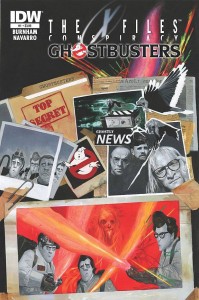
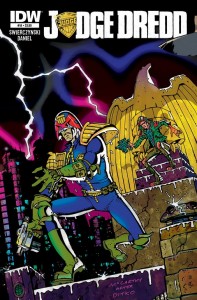
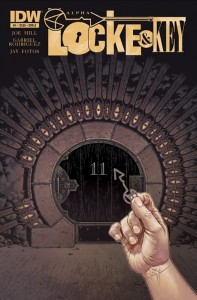
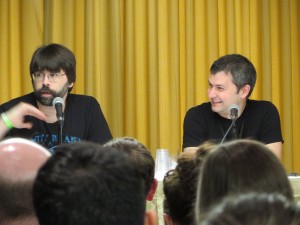
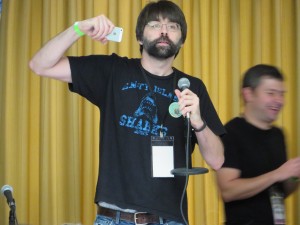
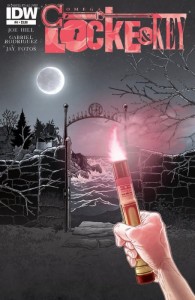
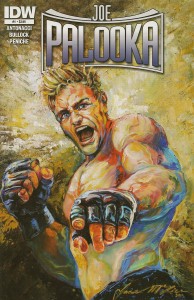
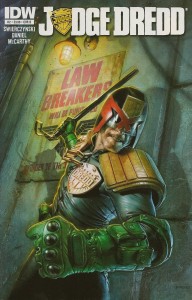
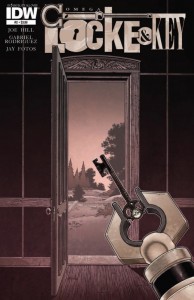
 Podcast RSS Feed
Podcast RSS Feed iTunes
iTunes Google Play
Google Play Stitcher
Stitcher TuneIn Radio
TuneIn Radio Android
Android Miro Media Player
Miro Media Player Comics Podcast Network
Comics Podcast Network